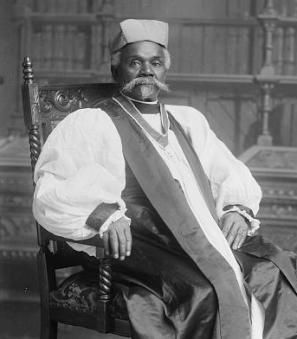The Party Doesn't Stop... Until a Revolution Happens
When a person walks past the abandoned embassy of Iran, the first thought that comes to mind probably isn’t that this is a place where politicians routinely danced on couches. But, fifty years ago, 3005 Massachusetts Avenue was infamous among the social elite of Washington D.C. as the go-to party place for fancy champagne, expensive caviar, and lots of drugs. [1] As Barbara Walters remembered, “it was the number one embassy when it came to extravagance.”[2] Drivers dropped off the political elite and celebrities including Elizabeth Taylor, Liza Minelli, Barbara Streisand, and Redskins coach George Allen.[3] Guests in grand designer gowns and fashions let loose as, in the words of one local woman, “there were limousines double parked all over the place” outside.[4]
Diplomatic relations between the U.S. and Iran began in the 1800s when the country was known as Persia.[5] The first Persian Legation occupied a building on 18th street NW, and the legation jumped from building to building for years. On March 22, 1935, Persia officially became the state of Iran, and the country bought a building on Massachusetts Avenue that would be the home of the embassy until its closure.[6]
The newly popularized Iran Legation quickly became a hotspot for social activity in the District.[7] The scene really exploded in the 1960s and 1970s as the Iranian Shah’s sister, Princess Ashraf Pahlavi, the so called queen of the embassy, hosted gatherings in Washington; she would often greet her guests in her favorite Dior gown, and she always made sure everyone inside had a grand time.[8] Commuters on the outside, meanwhile, had a much different experience as the A-list affairs created traffic gridlock. For example, in 1977, over 2,000 people arrived at the embassy to celebrate the Shah’s birthday.[9] The massive influx of traffic onto Massachusetts Avenue caused a two hour delay for commuters just trying to make it home in time for dinner.[10] There was so much traffic, that the chief of police had to make a statement to the press the following day.[11]
Eventually the task of diplomatic relations fell into the hands of Ardeshir Zahedi, the last ambassador to serve the Shah in the United States, who proved to be the most flamboyant party planner of them all.[12] Barbara Walters recalled that “as tuxedo-clad musicians serenaded, the ambassador welcomed Washington’s A list with endless bowls of fresh Caspian Sea caviar and glasses of Dom Perignon.” The extravagant ambassador was known to dance on top of tables in the embassy and send caviar to people as Christmas gifts.[13] On one occasion, a party had quickly turned from a stately dinner to Zahedi being “seen leading a conga line through the long halls of the embassy, perspiration pouring off his forehead.”[14] Zahedi felt that extravagant parties were the way to maintain warm relations with other nations, especially if people were plied with champagne.[15] His scandalous involvement with numerous women, including Elizabeth Taylor, catapulted the already infamous embassy further into the spotlight.[16]
In 1979, however, the fun and games stopped. A revolution had begun in Iran. The Pahlavi Shah and his family were pushed out of power and were forced to flee the country. Later that year, Iranian students stormed the American Embassy and took numerous hostages. This led to less than happy circumstances for the 15 Iranian diplomats based in Washington. Anti-Iranian sentiment was on the rise in America, prompting police to be stationed at the Massachusetts Avenue embassy around the clock to ensure the protection of the diplomats and any visitors.[17]
On April 7, 1980, President Jimmy Carter announced a four step plan to sever ties with the Revolutionary Council of Iran.[18] The Washington Post reported that these measures were made in an effort to “show an increasingly restive American public that the administration is doing something.”[19] Part of this plan was the immediate shutdown of the Iranian Embassy, with an order that the 15 diplomats immediately return to Iran.[20] The following day, heavily armed law enforcement officers, several teams of FBI agents, and Secret service were all put to work on Massachusetts Avenue to ensure that the embassy was shut down and that the diplomats left the country.[21] These diplomats, in less than 48 hours, had to rip up their lives and their families to return home. As embassy official Ismail Jahad put it before he boarded a flight out of Dulles for Tehran, “when you are in the Foreign Service, you have to be ready for these sorts of things”.[22]
In a matter of hours, the party central of Washington D.C. was gone. Elizabeth Taylor was no longer walking up to the grand front doors. The social elite of the District were no longer dancing the night away without a care. The hostages in Tehran were eventually returned home to America, but for over 30 years the embassy has remained abandoned. Nowadays, people walk by the eerily empty building, and many are surprised to find that it’s in good shape, and that the grass is even cut. Although there are no relations between the United States and the Islamic Republic of Iran, Iran still owns the building and several other properties in Northern Virginia and Maryland.[23] Due to the statutes in the Vienna Convention, the United States is obligated to continually protect and maintain embassy sites, even if they have been abandoned.[24] Several diplomatic documents, pieces of furniture, and a portrait of the shah and his queen still remain in the once lively house.[25] Even though no more caviar is enjoyed in the courtyard, the building looks as if it is waiting for someone to spruce it up a bit, and host another extravagant affair. In the short but direct words of Barbara Howar, when it came to her experiences at the embassy, “it was a zoo.”[26]
Footnotes
- ^ Bahrampour. Iranian Embassy, Shuttered for Decades, Was Known for Hedonistic, Star-Studded Gatherings." The Washington Post. 2013.
- ^ Ibid.
- ^ Ibid.
- ^ Ibid.
- ^ Department of State. “A Guide to the United States’ History of Recognition, Diplomatic, and Consular Relations, by Country, since 1776: Iran”. April, 2017.
- ^ Associated Press. "Persia Changes its Name; to be 'Iran' from Mar. 22." New York Times
- ^ "Dinner Party Held at Iran Legation." The Washington Post, May 10, 1935. 15
- ^ The New,York Times. "Think of a Cause in Washington -- and Someone Will Throw a Party for it." New York Times. Jun 15, 1969.
- ^ "Iranian Embassy Party Causes Rush-Hour Tie-Up." The Washington Post. Oct 27, 1977
- ^ Ibid.
- ^ Ibid.
- ^ Bahrampour. Iranian Embassy. 2013.
- ^ Ibid.
- ^ Sally Quinn. "Zahedi: Let the Good Times Roll." The Washington Post, Times Herald). Apr 22, 1973.
- ^ Bahrampour. Iranian Embassy. 2013.
- ^ Ibid.
- ^ Courtland Milloy. "Iranian Embassy here well guarded." The Washington Post. 1979.
- ^ John M Goshko. U.S. Breaks Diplomatic Ties with Iran." The Washington Post. Apr 08, 1980.
- ^ Ibid.
- ^ Ibid.
- ^ Martin Weil. "Iran's Embassy here sealed Off by Police Units." The Washington Post. 1980.
- ^ Ibid.
- ^ Bahrampour. Iranian Embassy. 2013.
- ^ Ibid.
- ^ Ibid.
- ^ Ibid.


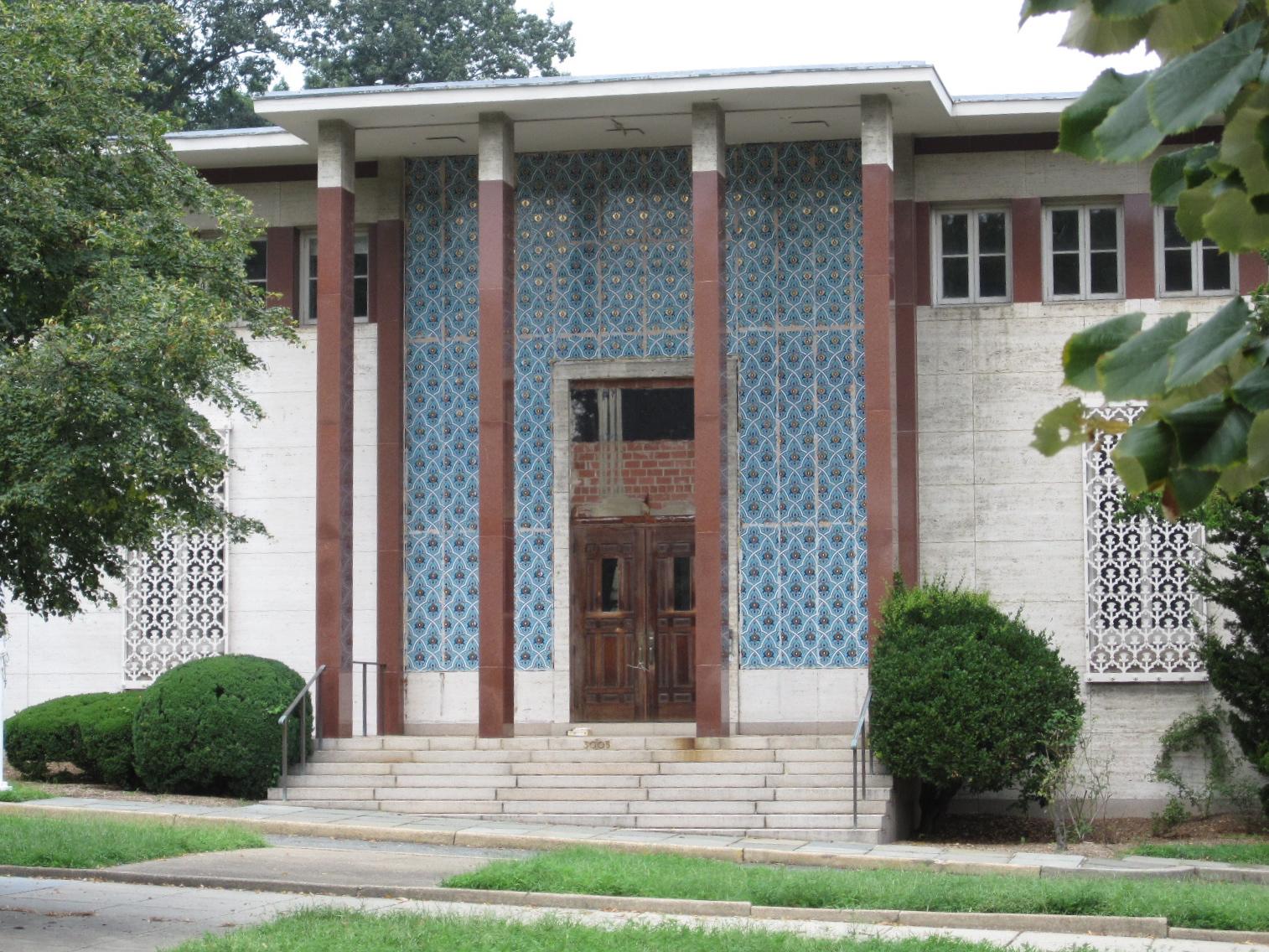
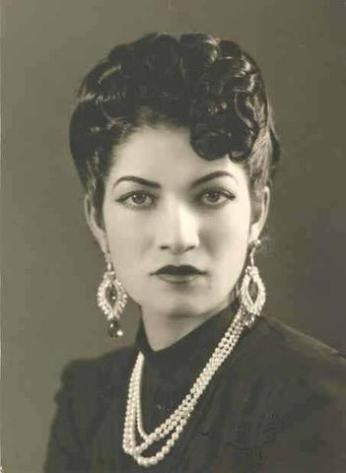
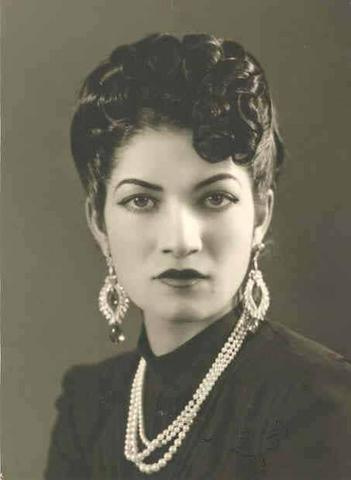
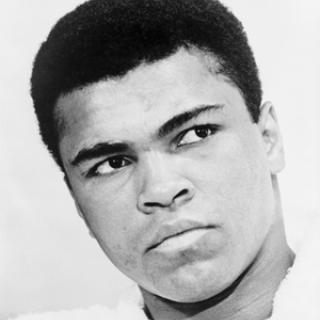
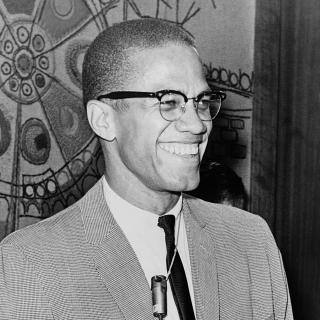
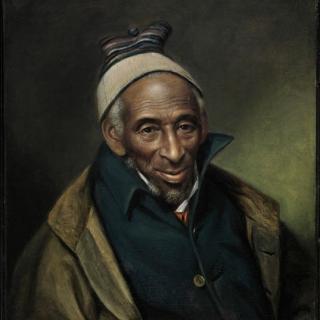
![Sketch of the mythical fuan by Pearson Scott Foresman. [Source: Wikipedia]](/sites/default/files/styles/crop_320x320/public/2023-10/Goatman_Wikipedia_Faun_2_%28PSF%29.png?h=64a074ff&itok=C9Qh-PE1)











